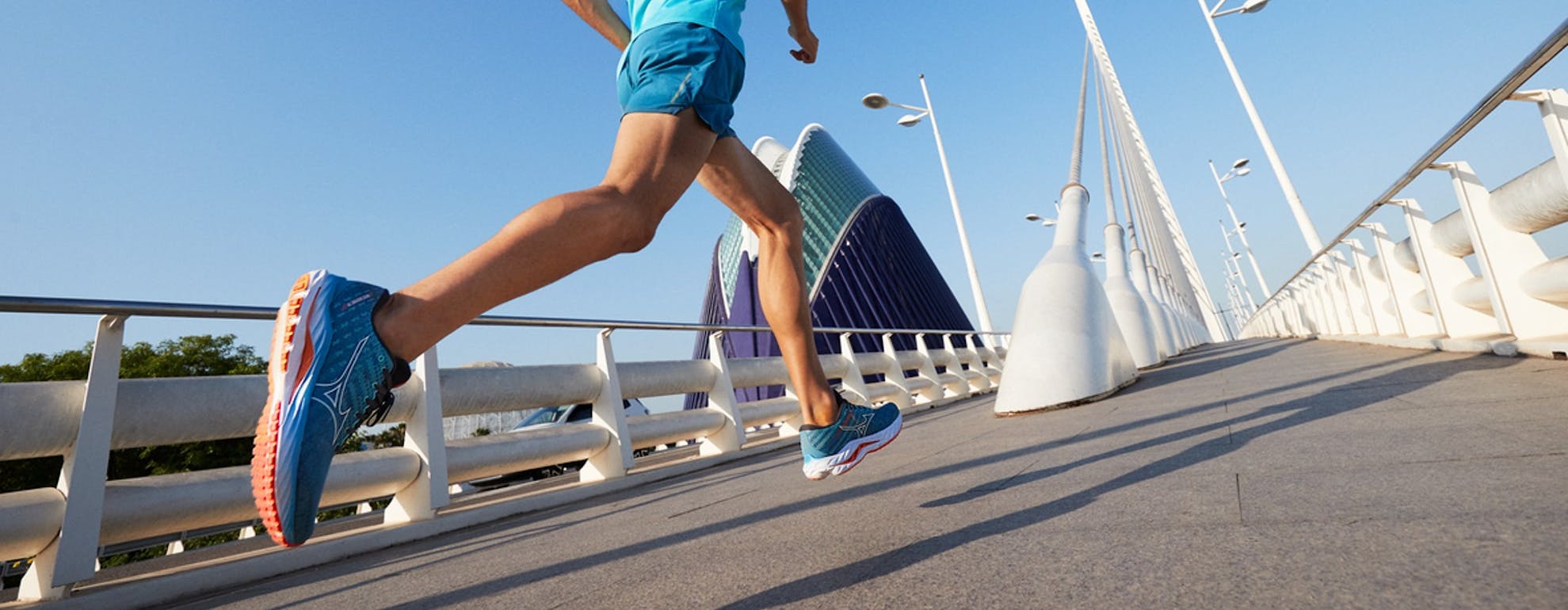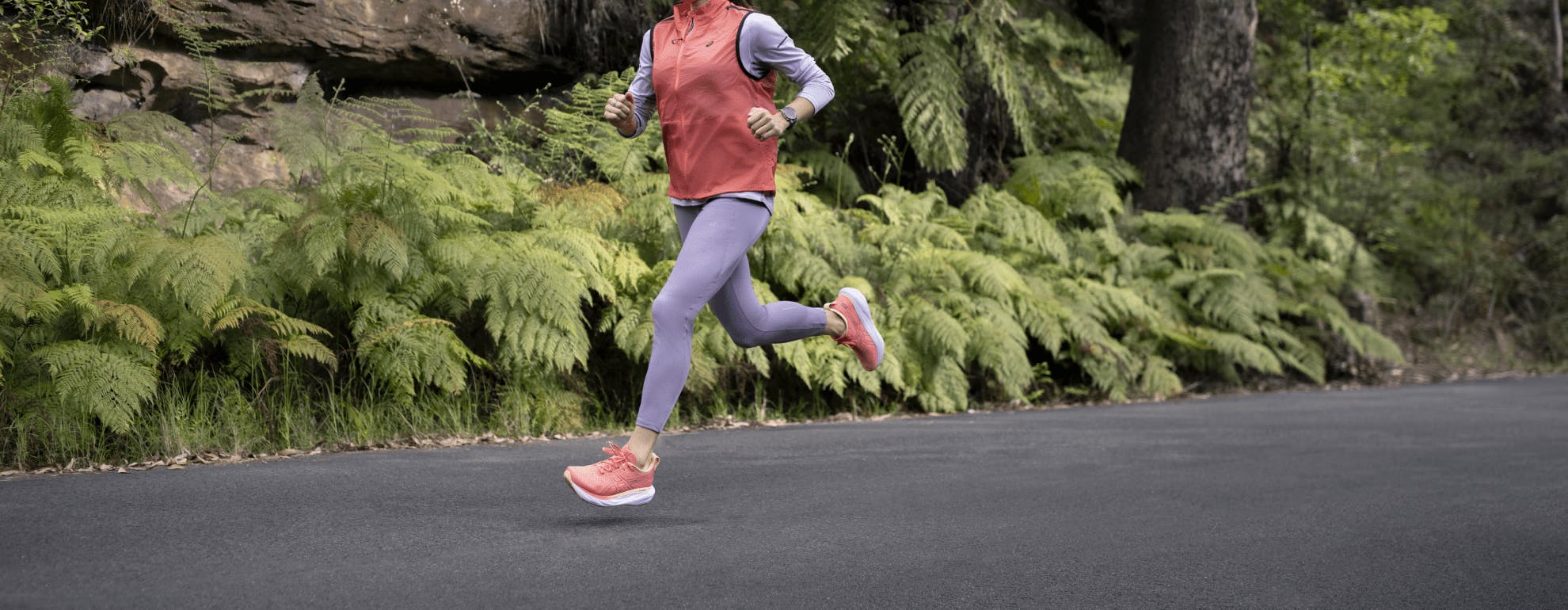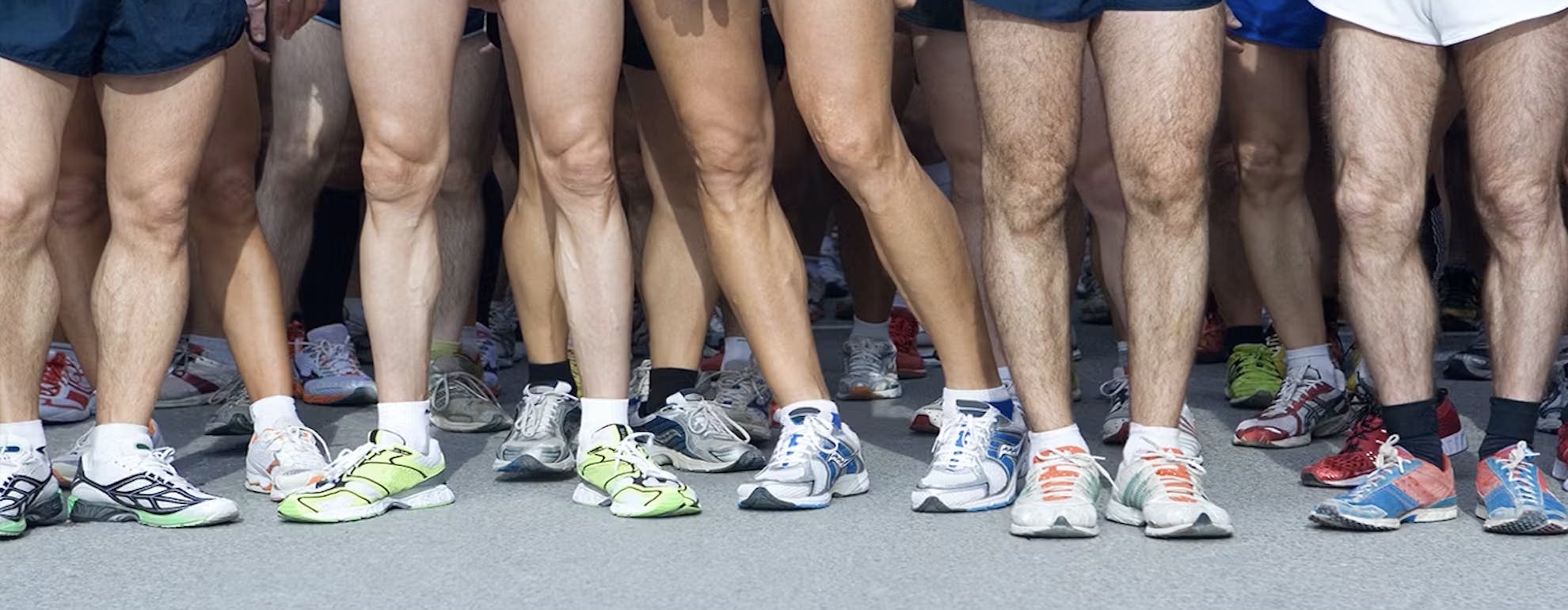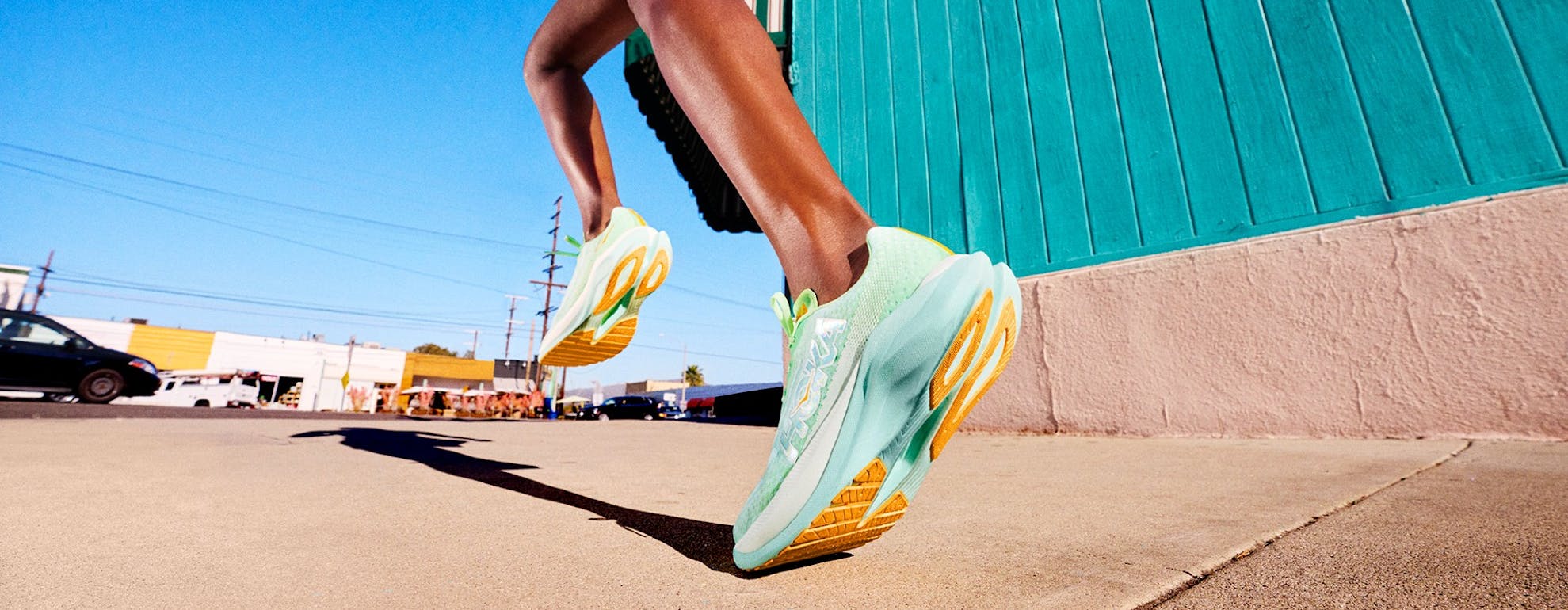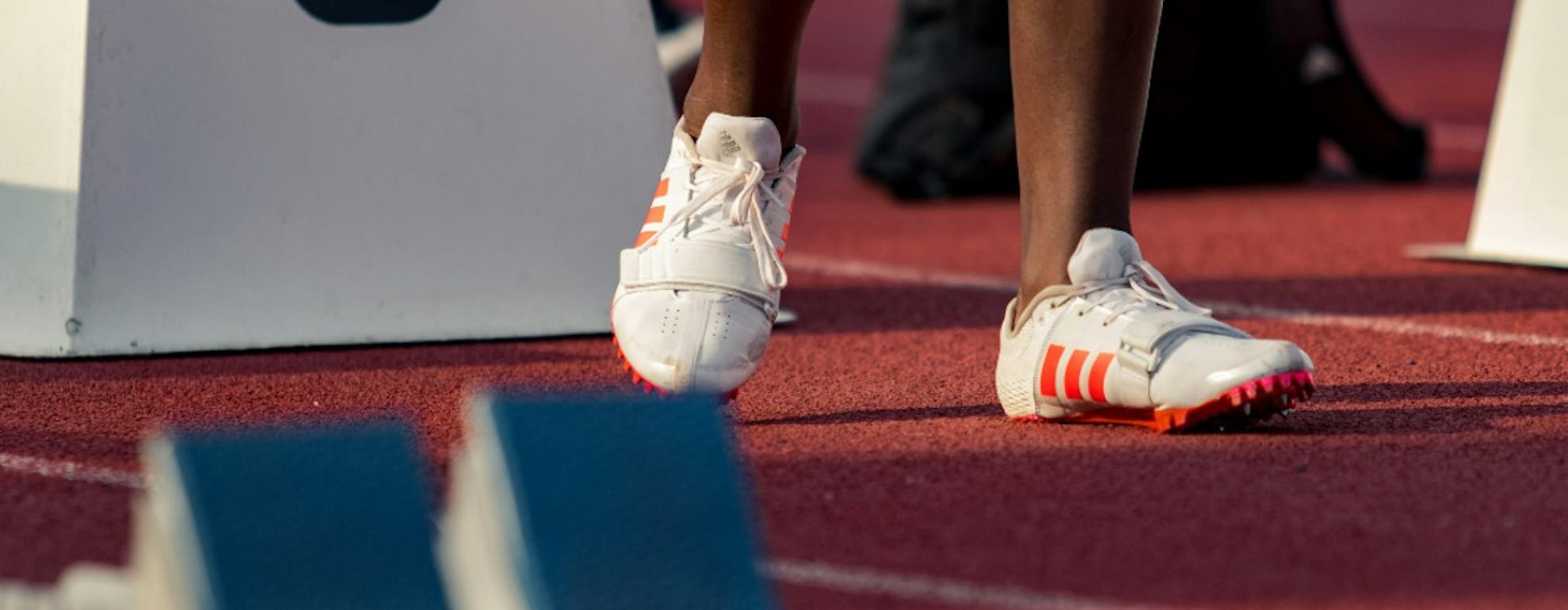
A Beginner's Guide to Track Running Spikes
There is a lot to get your head around when it comes to track running spikes!
Why do I need spikes? Do spikes have carbon plates? What kind of spikes do I need?
Fear not; we explain the purpose and benefit of track running spikes to help you decide which spikes are right for you.

What are the benefits of using track running spikes?
Track running spikes increase power by giving you heightened grip. The ability to latch onto the track means you can drive yourself forward with much more power and therefore with greater speed. Unlike regular trainers, spikes hug your feet more tightly to increase your control. They are also much lighter to reduce fatigue. In short, they increase your power while being energy efficient, which makes all the difference in races.

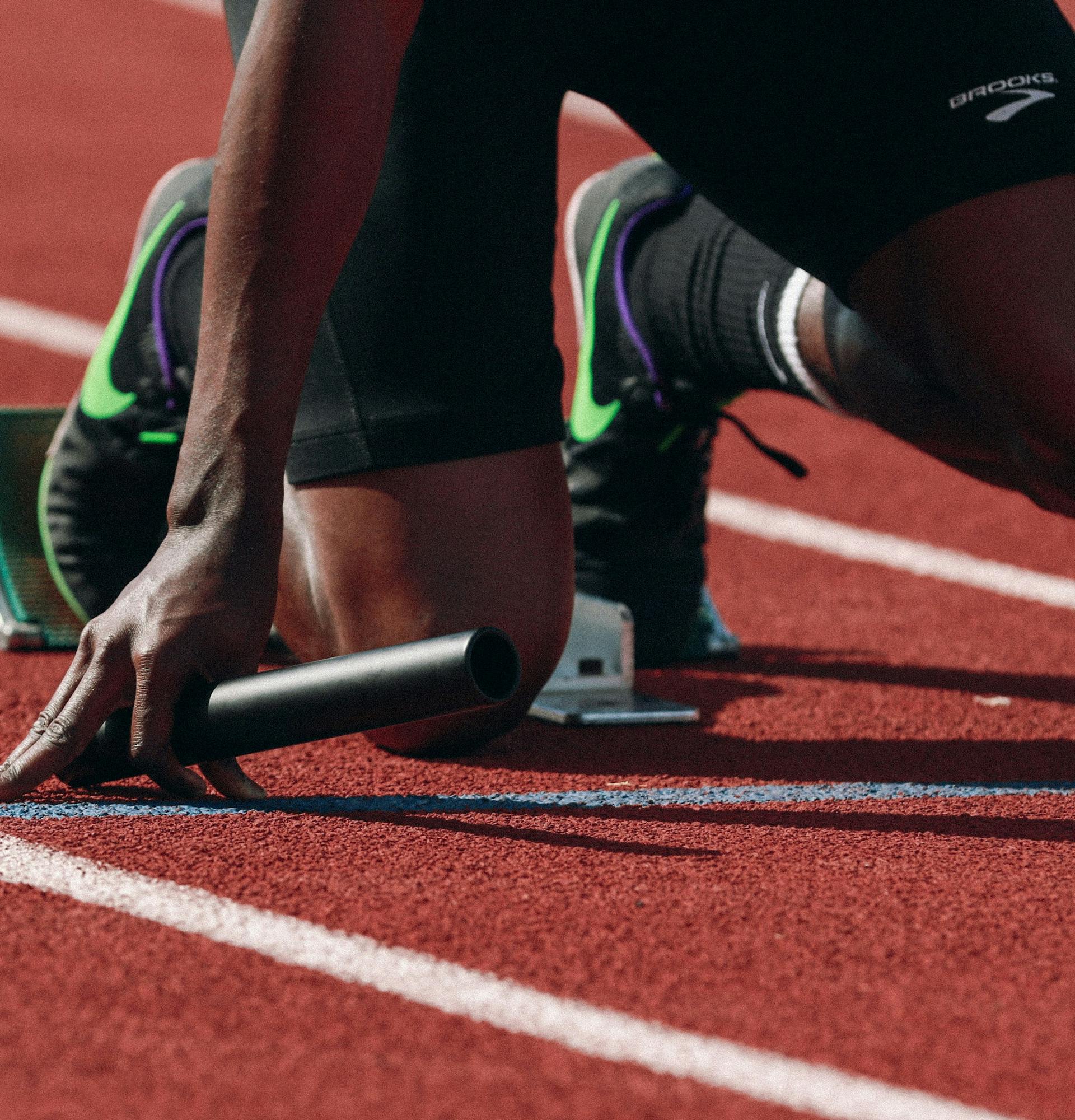

What sized spikes do you need for track running?
Track running spikes have short pins and the maximum length allowed is 6mm.
For cross country, you would use longer spikes, usually between 12-15mm as you need more grip on the softer terrain.

What are the stack height regulations and what does 'stack height' mean?
'Stack height' refers to the maximum height of the sole of a running shoe between the ground and your foot. A higher stack means there is more cushioning and more technology underfoot (e.g. a carbon plate), so the shoe is more responsive, comfortable and absorbs some of the impact when you're running and vice versa.
Track spikes have very low stack heights. Be aware! New stack height regulations are set to be enforced from 1st November 2024. After this date, the stack height will not be able to exceed 20mm if you are performing at a professional level on the track. Please note, different rules regarding stack height apply to the road.
Click here to see the full list of World Athletics' approved athletic shoes

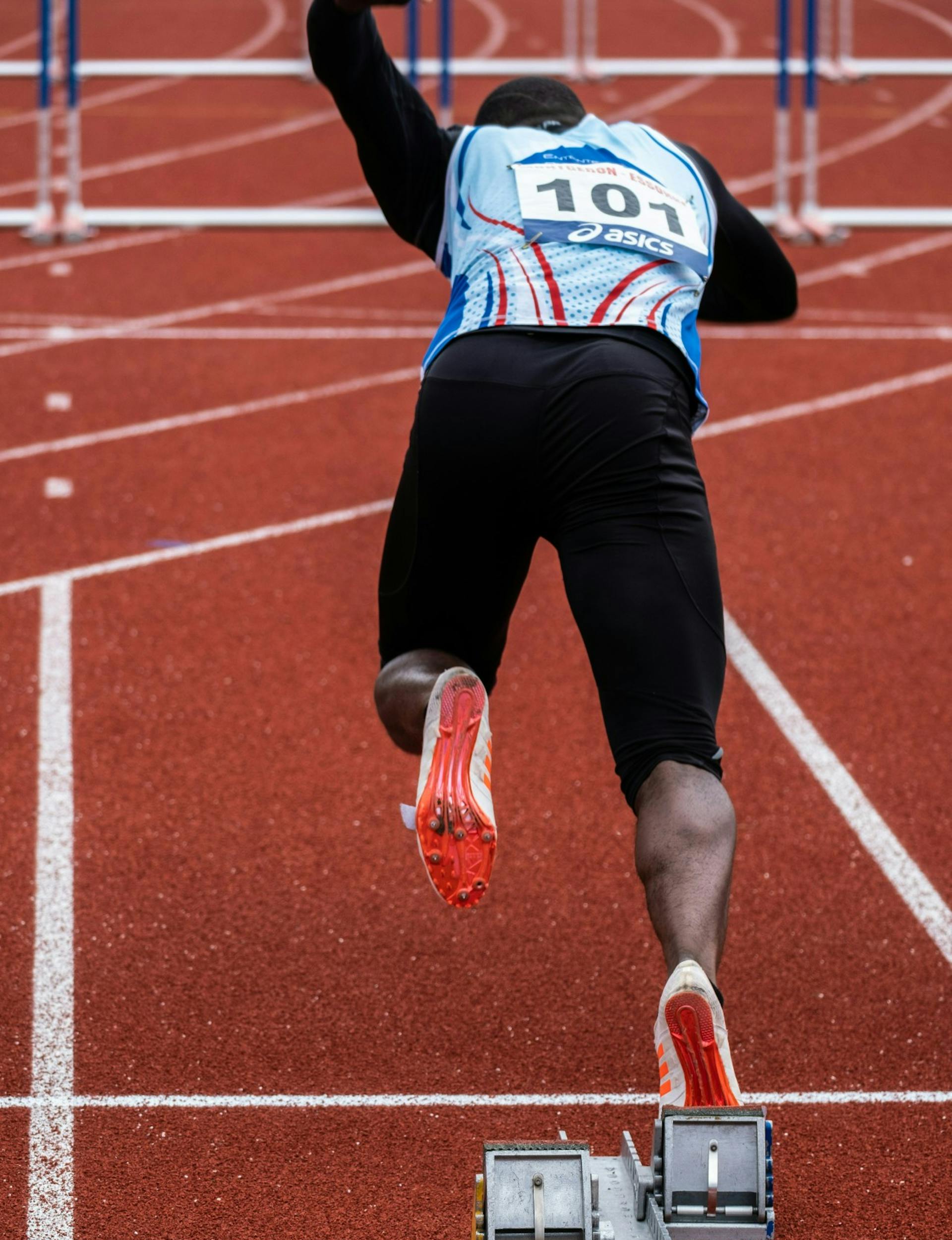

What kind of running spikes do I need?
Now you know why running spikes are used, you need to know what kind of spikes you need. Track running spikes will only enhance your performance if you use the ones right for you!
Sprints (100m-400m)
Spikes for this distance have the maximum number of pins in the plate (7-10). A high number of pins means more grip. The placement of the pins at the front of the foot forces the runner onto their toes: maximising force.
Sprint spikes have very little to no cushioning. This means they are as light as possible to enhance speed.
SHOP OUR SPRINT DISTANCE SPIKES HERE

Middle distances (400-1500m)
Although still light, middle distance spikes have more cushioning. They have fewer pins (6-8) and the plate is not as far forward, making for a more natural position. Middle distance runners do not have to be on their toes the whole time, the design reflects this. A more natural design allows middle distance runners to run at more moderate paces and provides greater comfort for the longer distance.

Long distances (1500-10,000m)
Long distance spikes need to be very flexible, durable and comfortable while still being lightweight.
The focus on long distance spike plate is not speed but endurance. These plates are made of slightly heavier materials, have the most substantial heel and only have 4-6 pins placed around the outer edge of the plate. In this case, the pins are being used for stability and grip around corners.
SHOP OUR MIDDLE AND LONG DISTANCE SPIKES HERE

How often do I need to replace my spikes?
There isn’t a hard and fast rule for how long your spikes will last, but there are a couple of milestones to judge whether you need a new pair.
Once you have run 100 miles it’s safe to assume you will have worn your spikes down enough front them to not be effective. If they get too short, spikes won’t provide the grip and stability you need to run at your best. The good news is, you can replace your spikes at any time and you should carry spare spikes in case you lose or damage them.



How do I look after my track spikes?
Wash your spikes using warm soapy water; for stubborn debris try using a toothbrush. Most importantly, don't put them in the washing machine or tumble dryer as they will shrink and most likely rip.
Do not over screw your spikes as this will damage the pin hole.
Finally, avoid walking on tarmac and other hard surfaces while wearing track spikes. This will wear down the pins, reducing their grip on the track. You may also get debris in the pinholes which may cause your pins to fall out while racing.

Do track spikes fit differently to running shoes?
Track spikes are far more close fitting and snug than most trainers. Your toes should touch the end of the shoe and they should be a narrow fit. Overall, track spikes should fit like a glove.



Do I need to wear socks with my spikes?
A thin technical sock is best for wearing with track spikes because they fit so snugly. Some athletes prefer to go without socks altogether. However be warned, this will increase your chance of blisters massively because socks reduce the amount of friction your foot experiences.

Do you always need to wear running spikes on the track?
Wear trainers to train; wear spikes to win.
We have established that you should be wearing spikes when racing. But do you have to wear them to train as well?
Opinions differ on this. Generally, if you are sprint training (100-400m) then you should be wearing spikes. However, most people training for longer distances (anything over 400m) tend to wear running shoes and most often, their carbon-plated race models.



What are the best running spikes?
Get ready for a summer of speed!
Check out our top five running spikes recommendations for 2024.
THE BEST TRACK RUNNING SPIKES 2024
Interested in the latest shoes, apparel and technology? Then head over to our Kit & Gear category for more reviews, tips, advice and product releases.
Welcome
Welcome to SportsShoes Kit & Gear Hub! Here you'll find all the information and advice you need about the very latest kit, technology and gear.
Read More
Share this
Featured Articles
View All
